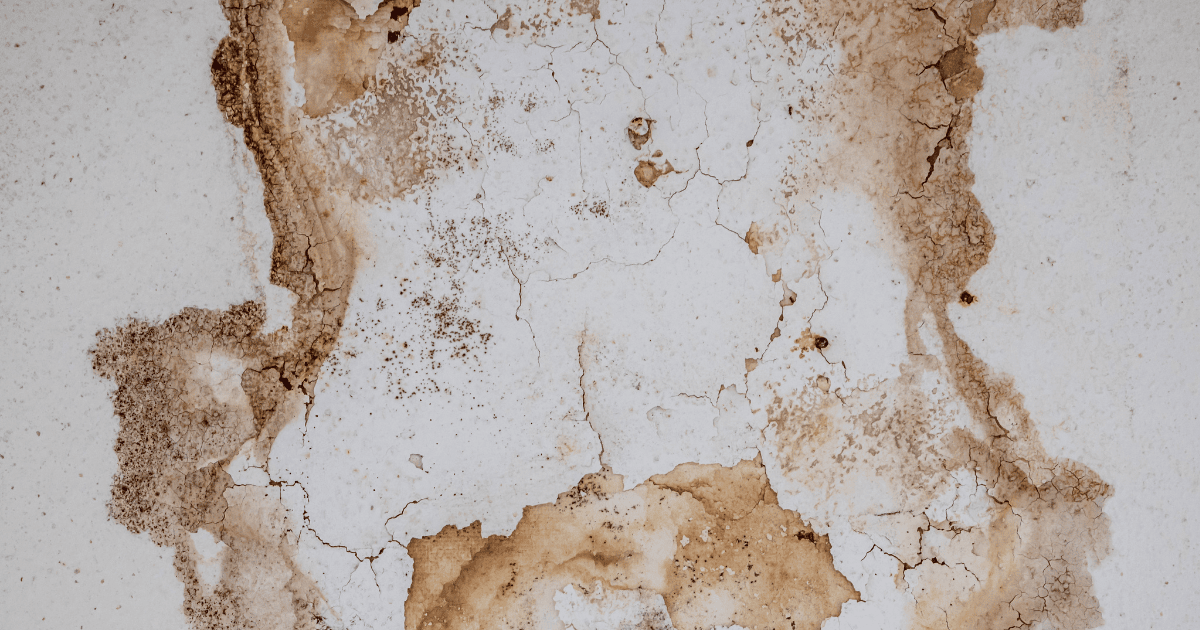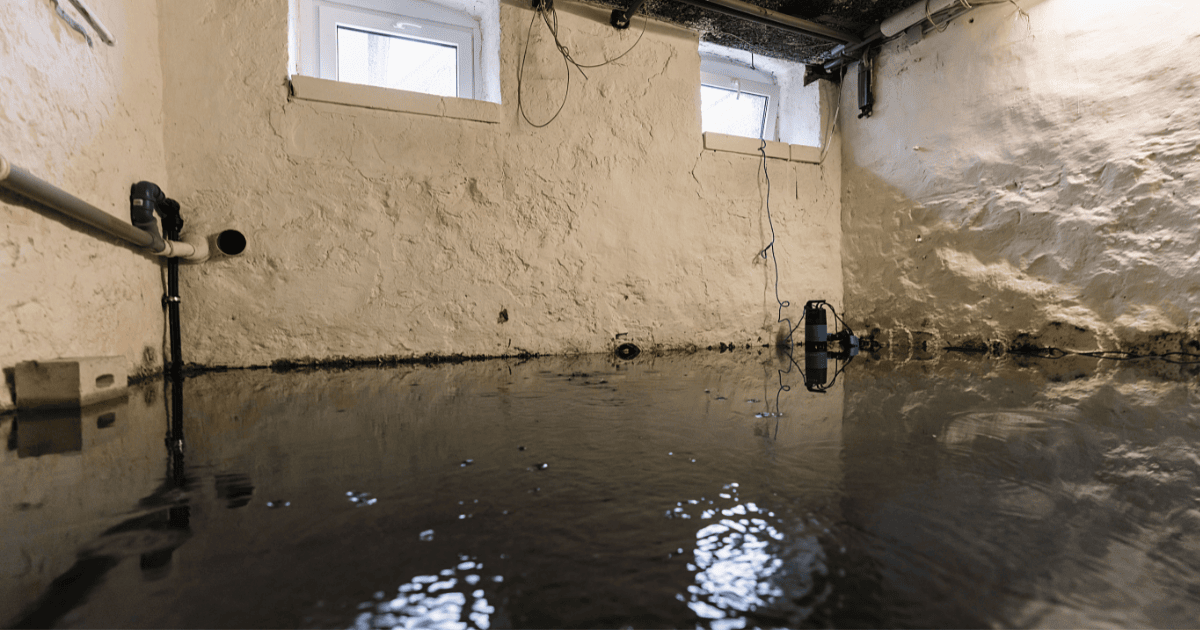As if the water damage itself wasn’t enough to worry about, homeowners also need to learn how to prevent and address mold growth that follows. Mold is one of the leading secondary water damage problems that homeowners struggle with after a water pipe breaks. This is because it can grow quickly. It takes as little as 24 hours for microorganisms to grow into mold spores.
Fortunately, it doesn’t have to be that way. When homeowners take special steps to prevent mold growth, they can have their homes back to their pre-loss condition in no time. Keep reading to learn more about eliminating the risk of mold after a broken water pipe floods a home.
Stop the Spread of Water Damage
First, it’s important to mitigate the extent of water damage caused by the broken pipe. In order to do this, homeowners need to identify exactly where the water is coming from. This can prove to be challenging if the pipe is in the floor, ceiling, or walls. In cases like this, it’s best to shut off the main water supply line to the house to stop the flow.
From there, homeowners should contact a professional plumber or restoration crew to help them
repair damaged pipes. Even if the leak is minor, it can still lead to more water damage down the road. Repairing the water pipe will ensure that this doesn’t happen. However, homeowners should still check the area after the repair to ensure that the problems are properly addressed.
Extract the Standing Water
After the flow of water has been stopped, it’s important to get to work extracting all of the excess water. The longer it sits in the home, the greater the chance for secondary water damage. As we mentioned, it only takes one day for mold to grow, and when it is in a damp or wet area, it only adds fuel to the fire.
Homeowners will need to utilize sump pumps and wet vacuums to get the water removed as quickly as possible. Smaller pools of water may be mopped up or wiped dry with towels. However, major water damage may require heavy-duty equipment to get the job done as quickly as possible. Water damage specialists typically have truck-mounted pumps and industrial-grade wet/dry vacuums to expedite the process.
Ventilate and Dry the Room
The job doesn’t end after the standing water has been removed. Mold and mildew still thrive in damp spaces, so it’s crucial that all of the moisture be removed from the carpeting, floors, furniture, drywall, and other porous materials. Homeowners can dry the space faster by increasing airflow in the affected area.
Sometimes this can be as simple as opening the windows and plugging in fans. Many times, it requires at least one dehumidifier. With the help of water damage professionals, the home can be dried much faster. They use commercial fans and powerful dehumidifiers to remove every water drop. Crews can also utilize tools that measure moisture levels. This step will ensure that there is no risk of mold growth from this incident.
Repair the Damaged Areas
There are some circumstances where merely drying the home isn’t enough. Drywall, flooring, and other building materials may have to be removed and repaired. This is common with drywall because, when it gets too wet, it creates the perfect environment for mold and mildew to thrive.
Not only does this put your health at risk, but it also compromises the integrity of the drywall itself. Repairing the damaged areas may be a quick fix, or it could be a long process, depending on how badly the broken pipe damaged the home.
Contact a Water Damage Restoration Company
One of the best ways that homeowners can prevent mold growth is by hiring a team of professionals to handle their water damage restoration. These experts have the right training and tools to ensure the job is done right, and most offer emergency services so that they can start on the task right away.
In addition, they can provide warranties and guarantees against future mold growth. This gives homeowners peace of mind knowing that the contractors will take care of any future mold problems related to their broken water pipe.
Learn More About How to Prevent Mold Growth After a Pipe Breaks
Homeowners who are dealing with a broken water pipe should
contact United Property Restoration Services right away. Their highly trained professionals offer 24/7 emergency services, so they can act quickly to prevent mold growth. To reach out to their crews, homeowners should call or submit the online quote form.



